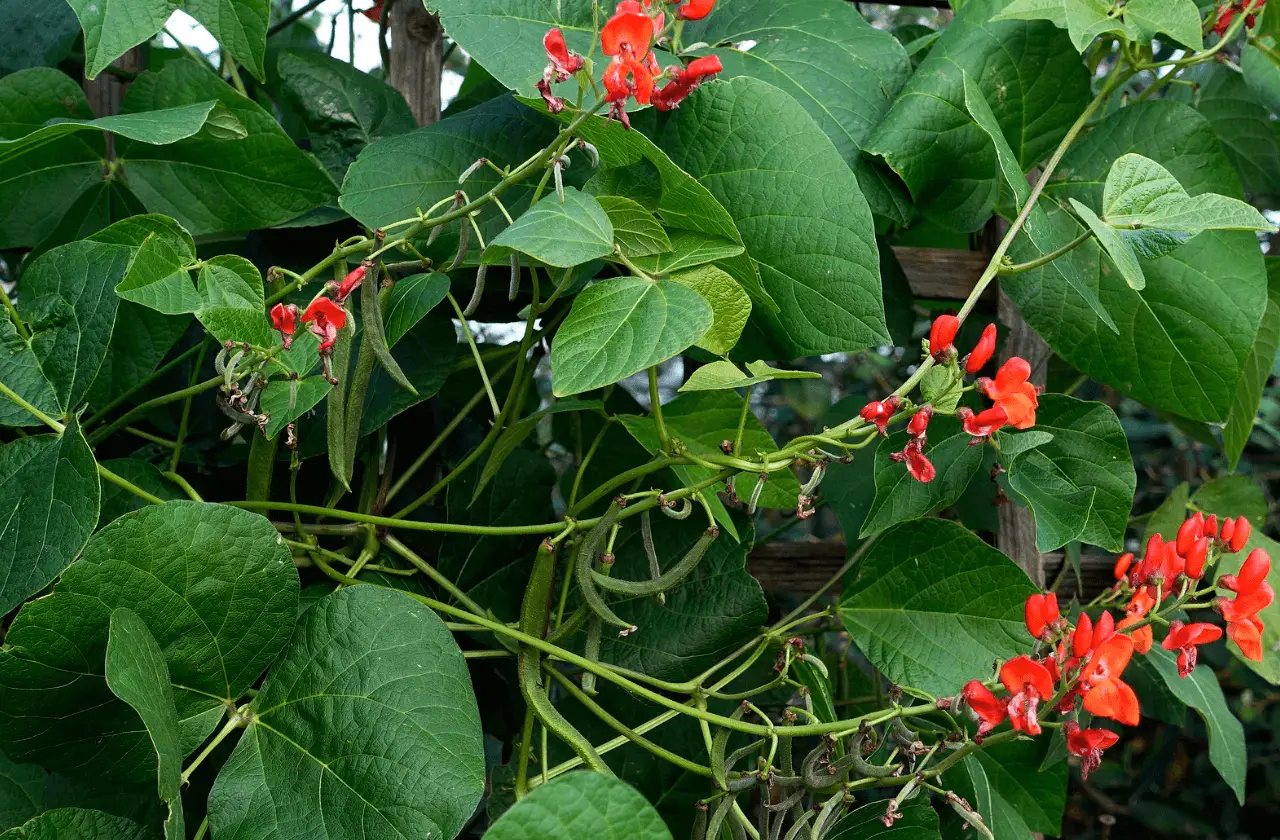How to Grow Runner Beans

I’m not going to lie, I’m not the world’s biggest runner bean fan when it comes to vegetables to eat, but that doesn’t stop us from growing them at Wonky HQ! Growing runner beans in the UK can be a rewarding gardening experience and whether you like the taste or not, they produce stunning flowers.
These tasty vegetables, also known as Phaseolus coccineus if you want the Latin, are native to Central and South America but have become a popular choice for UK gardeners due to their easy cultivation and versatility in the kitchen.
In this blog, we will cover some of the best varieties of runner beans to grow in UK gardens and allotments, as well as some tips and tricks to achieve a successful crop.
Runner Bean Varieties
First, let’s talk about the best varieties to grow in the UK. Some popular choices include ‘Scarlet Emperor’, ‘White Lady’, and ‘Hestia’. ‘Scarlet Emperor’ is a reliable and prolific variety that produces long, red-flowered pods with a sweet, tender taste.
‘White Lady’ is a white-flowered variety that produces a similar type of pod, but with a slightly milder flavour. ‘Hestia’ is a newer variety that is known for its high yields and disease resistance – perfect if you’re looking to grow plenty of meals in your household.
Planting Runner Beans
When it comes to sowing runner beans, timing is important. These vegetables prefer warm soil, so it’s best to wait until the threat of frost has passed before planting. In the UK, this usually means planting in late May or early June.
Runner beans can be grown from seeds or runner bean seedlings, but starting with young plants will give you a head start on the growing season and help your plants get established easier.

Before planting, prepare the soil by adding compost or well-rotted manure to improve its structure and fertility. Runner beans prefer well-draining soil that is rich in organic matter. If your soil is heavy or clay-like, you may want to consider raised beds or containers to give the plants room to grow and proper drainage. It’s worth noting that you can also grow runner beans in pots or containers, just follow the same approach and just ensure each plant has plenty of space and something to climb.
Plant your runner beans about 10cm deep and around 30cm apart, with the rows spaced at least 2 feet apart (sorry to switch between imperial and metric there but you know what we mean). If you are using supports, such as trellises or stakes, make sure to install them at planting time to give the plants something to climb on as they grow. Runner beans are vining plants, so they will need support to keep them upright and it’s worthwhile tying them at the top as they grow to help support them as they climb.
Caring for Runner Beans
Water your runner beans regularly, making sure to keep the soil consistently moist, but not waterlogged. These plants are sensitive to drought, so it’s important to keep the soil consistently moist, especially during hot, dry spells. Mulching around the base of the plants can help retain moisture and suppress weeds.
Fertilize your runner beans every two to three weeks with a balanced fertiliser, such as a 10-10-10 formula. This will help ensure that the plants have the nutrients they need to grow and produce tasty pods.
Runner beans are prone to several pests and diseases, so it’s important to keep an eye out for any signs of trouble. Common pests include aphids, slugs, and whiteflies, while common diseases include mosaic virus, powdery mildew, and bean rust. If you notice any problems, try to address them as soon as possible to prevent them from spreading.
Harvesting Runner Beans
Once your runner beans start to flower and produce pods, it’s time to start harvesting. Runner beans are best eaten when they are young and tender, so be sure to check your plants regularly and pick the pods as soon as they are ready. To pick runner beans, simply snap the pods off the plant using your fingers. They should come off easily if they are ripe.
Runner beans are a delicious and easy-to-grow vegetable that can be enjoyed in a variety of dishes, from salads and stir-fries to soups and stews. With a little bit of care and attention, you can grow a healthy and productive crop of runner beans in your UK garden.
In conclusion, growing runner beans in the UK can be a rewarding and delicious gardening experience. By choosing the right varieties and properly preparing the soil, planting and supporting the plants, and taking care of any pests or diseases, you can enjoy a successful crop of runner beans.
Whether you prefer the sweet, tender pods of ‘Scarlet Emperor’ or the high yields and disease resistance of ‘Hestia’, there is a runner bean variety for every UK gardener to enjoy. Don’t be afraid to experiment and try out different varieties to find the one that works best for you and your garden. Happy planting!





